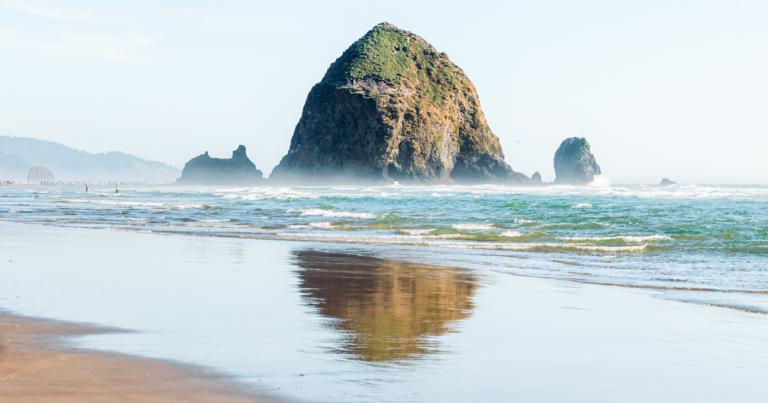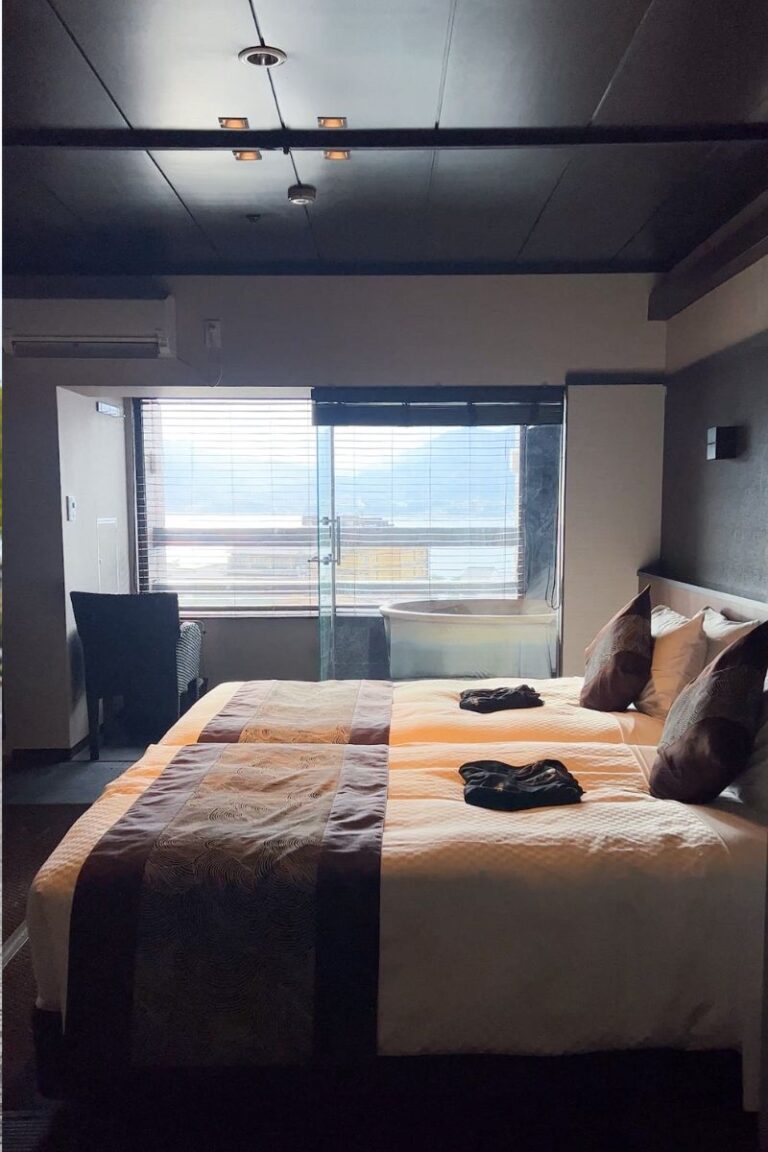How to Plan a Trip (in 3 Easy Steps)
The Mobile Homie contains affiliate links and is a participant in the Amazon Services LLC Associates Program, as well as other affiliate programs. If you click on a link or make a purchase through one of these links, we may earn a small commission at no extra cost to you. For more details, see our Privacy Policy.
The idea of traveling can be really daunting, especially when you don’t know where to start. If you would have asked me 5 years ago to create an itinerary from scratch, it would be far from perfect. Especially because I had no one to learn from!
Everytime I wanted to create an itinerary for “dream trip” (i.e. a trip I wanted to go on but wasn’t sure I could afford), I would spend hours scouring the internet for “helpful” guides about the city, blog posts about personal experiences, and even articles written by locals. By the end of my deep dive, I would have an itinerary put together, but I knew there had to be an easier way.
After I booked a trip to Germany to see my former exchange student, I knew that I had to get better at creating itineraries. At the time, I thought “what better way to get better at this than to embark on a solo trip!” & boy! I was not wrong!
Planning a solo trip (to Scotland) was DAUNTING. I had no idea where to start, no idea how I would fill my days, and no idea where I would be eating each night.
I did my best to plan a rough outline of what I wanted to do, but as soon as I got there, it all went out the window!
This trip taught me what I could actually accomplish in a day, what places actually interested me, and where I should be looking for places to eat.
This was the trip where I figured out the equation to plan the (almost) perfect trip.
This trip was nowhere near perfect, but I learned a lot. Hopefully, in this post, I can share a fraction of that value with you! Before you know it, you’ll be planning your next trip and you will learn how to make the next one even better.
Let’s dig in!
Part 1: Booking Flights
Whether credit card points are involved or not, I could talk about booking flights for hours on end, but let me break down the basics.
Finding affordable flights (without credit card points)
When searching for flights, my favorite search engines to use are Google Flights, Skiplagged, and Skyscanner.
I start my search by using the “explore anywhere” feature on all of these platforms. I always choose flexible dates to find the best deal. I am a firm believer that if you want good deals, go to them (haha).
Once you find the cheapest dates, create a flight watch on Google Flights. You can create a flight watch by searching for any flight on Google Flights, and then selecting the toggle to “track prices” for the chosen dates (you can also select “any dates”). You will then receive email updates if there are any changes to the flight price. When the price dips down, purchase the tickets directly through the airline. You can also see the price history in Google Flights so you will know if you are truly getting a good deal!

Part 2: Booking Accommodation
Depending on the tier of accommodation you are looking for, I find that the best way to find affordable accommodation is by looking at two main sites: Booking.com or HostelWorld.
One thing to note: nowadays, hostels are not all the typical “bunk rooms”. I have stayed in some hostels that have private rooms that are seriously nicer than a lot of hotels that I have stayed at. I would not exclude them, especially if you’re on a budget!
If you are looking for hotels, head over to Booking.com and enter your desired destination and dates. Find the hotels listed that fit your budget and call the hotel. Once you call them, you will ask them if they will match the online price. Most of the time they will say yes! This will give you potential cancellation options in the future, and will give you a way to hopefully avoid additional booking fees that are otherwise applied online.
Part 3: Filling the Itinerary
This is my favorite part! When I get to this stage, I break down my planning process into two sections – bucket list & budgeting.
The thought behind this is that I compile a list of absolutely everything that I want to do in a particular place, and I narrow the activities down by what fits into my established budget.
Now, this doesn’t mean that I don’t do any activities because of my budget or that I miss out on things I really want to do because of my budget. My budget takes all of these things into consideration. The point is to be able to pencil in the activities that I would like to do AND fit within my budget.
A great way to begin creating a budget for a specific location is by figuring out the average costs of food, accommodation, and activities in the area. Once you have a general idea of how much things cost, you are able to create a fair budget for that area.
I would be lying if I said that this doesn’t take some practice. The only way to get better at budgeting is by going over budget a time or two. After a few trips of taking this approach, you will get the hang of it! You will learn what actually eats the most of your budget and you can then improve on that area!
Practice Practice Practice
Whether you’re a seasoned traveler or a first-timer, there’s always something new to learn when it comes to planning your next adventure!
No matter how deep you decide to dive into the planning process, the best thing that you can do is try!
If you have any questions, you can always reach out to me via email or even on my social media channels (@themobilehomie)!
If you found this information useful, please consider following along on my social media channels and signing up for my newsletter for weekly travel tips!
Safe Travels!
– The Mobile Homie






